
With urban development and the improvement of residents' living standards, the discharge of municipal solid waste (MSW) is increasing daily. The generation of large amounts of MSW affects our living environment, polluting the air, occupying land, and contaminating water bodies. The disposal of urban MSW has become a major challenge for modern cities. Landfill leachate is different from ordinary wastewater. Its main characteristics include high BOD5 and COD concentrations, elevated metal content, significant fluctuations in water quality and quantity, high ammonia nitrogen content, and an imbalance in microbial nutrient ratios, among others. Below are the common treatment processes for landfill leachate, which can be broadly categorized into three main types:
I. Biological Treatment + Membrane Treatment Process
Main content: Leachate flows from the equalization tank into a mesophilic anaerobic reactor, where macromolecular organic pollutants are degraded. It then enters the anoxic zone of the MBR reactor, mixes with the return sludge flow, and proceeds to the aerobic zone of the MBR for aeration to remove TN. The effluent from the aerobic tank enters the MBR separator, and the separated sludge concentrate is returned to the anoxic zone of the MBR. The MBR effluent enters the reverse osmosis (RO) system. After RO treatment, the leachate meets discharge standards.
II. Fully Membrane-Based Adsorption-Filtration Process
Main content: Raw leachate from the landfill enters via the equalization tank into a high-pressure pump, then passes through a circulation high-pressure pump to the primary DTRO reverse osmosis membrane filtration unit. The effluent then enters the secondary DTRO reverse osmosis system. After two-stage reverse osmosis filtration, the effluent meets discharge standards and is partially circulated back into the system for further treatment. The primary concentrate is recirculated to the landfill area for centralized treatment, and the secondary concentrate is returned to the total inlet. The overall water recovery rate of the system is about 60%.
III. Low-Consumption Evaporation + Ion Exchange Process
Main content: Landfill leachate is first filtered through an online backwashing filter on the equalization tank to remove SS and fibers, improving removal efficiency. Then, using the Mechanical Vapor Compression (MVC) evaporation principle, pollutants in the leachate are separated from the water, achieving purification. Special resins remove ammonia from the distillate, ensuring the effluent fully meets discharge standards. During the MVC evaporation process, volatile ammonia gas is discharged, and the remaining hydrogen chloride gas in the leachate is absorbed by a deionization (DI) system.
Currently, the two-stage DTRO reverse osmosis process has gained widespread market acceptance due to its simple operation, ability for intermittent operation, high automation level, ease of maintenance, independence from pretreatment, good stability, safety, and applicability. The system operates flexibly, starts up quickly, is easy to maintain, has low operating costs, high automation, and simple operation. The effluent quality is high, unaffected by the C/N ratio, total nitrogen and heavy metals easily meet standards, fully complying with new regulatory requirements.
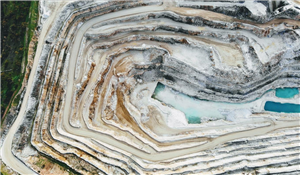
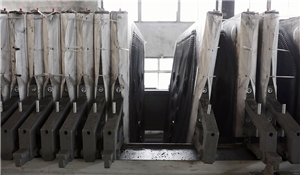

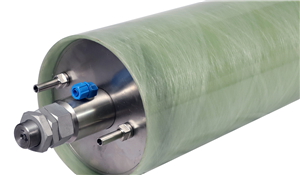



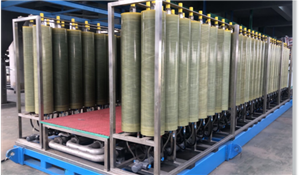
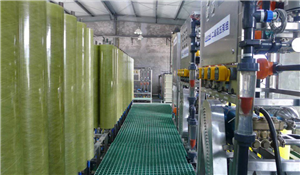
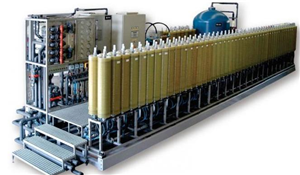


Henan Yuanhede Industrial Technology Co., Ltd.
East Industrial Park, Yuzhou City, Henan Province, China.
(+86)139 3822 7726
info@yhdegroup.com
www.yhdegroup.com